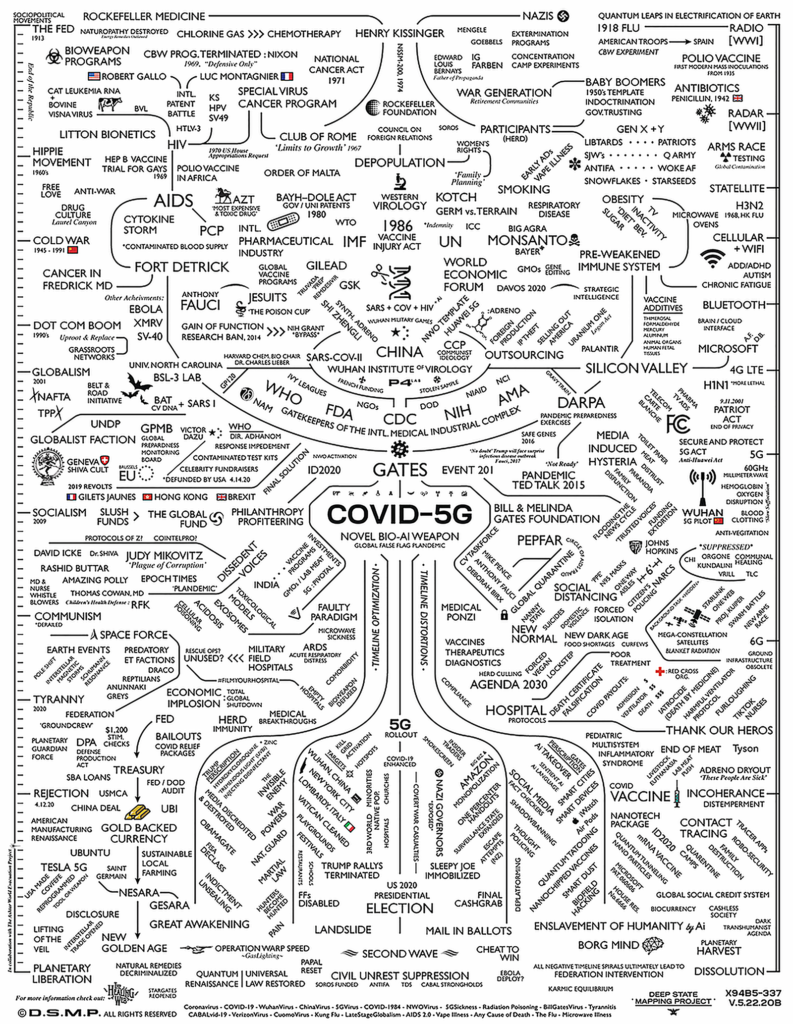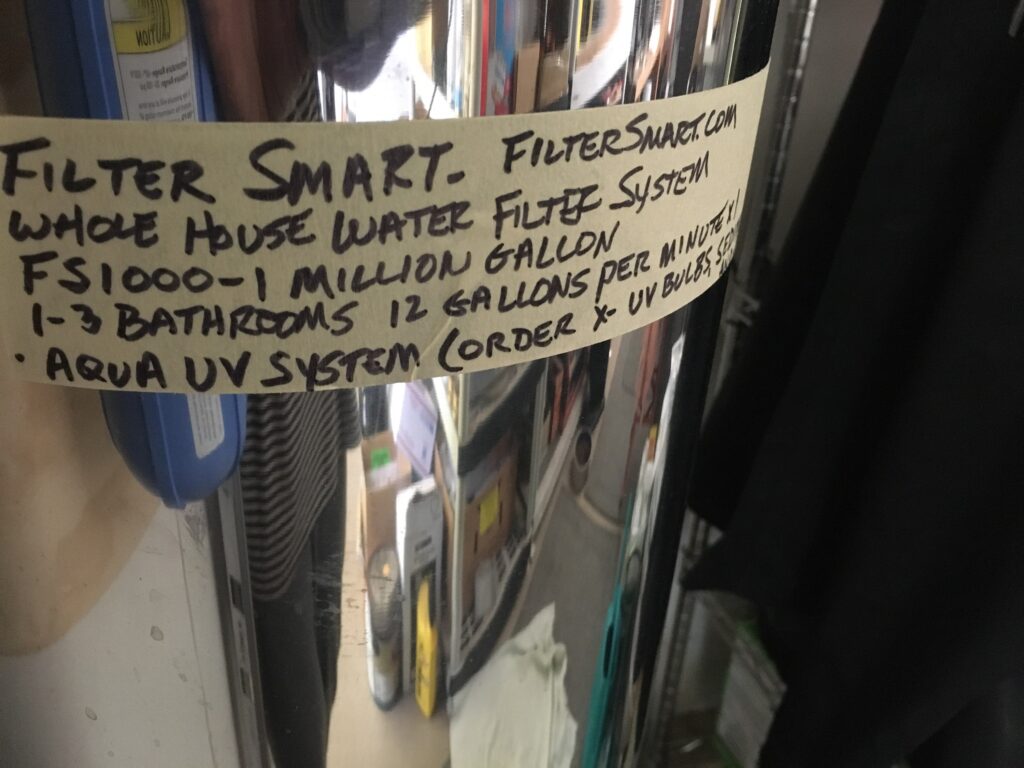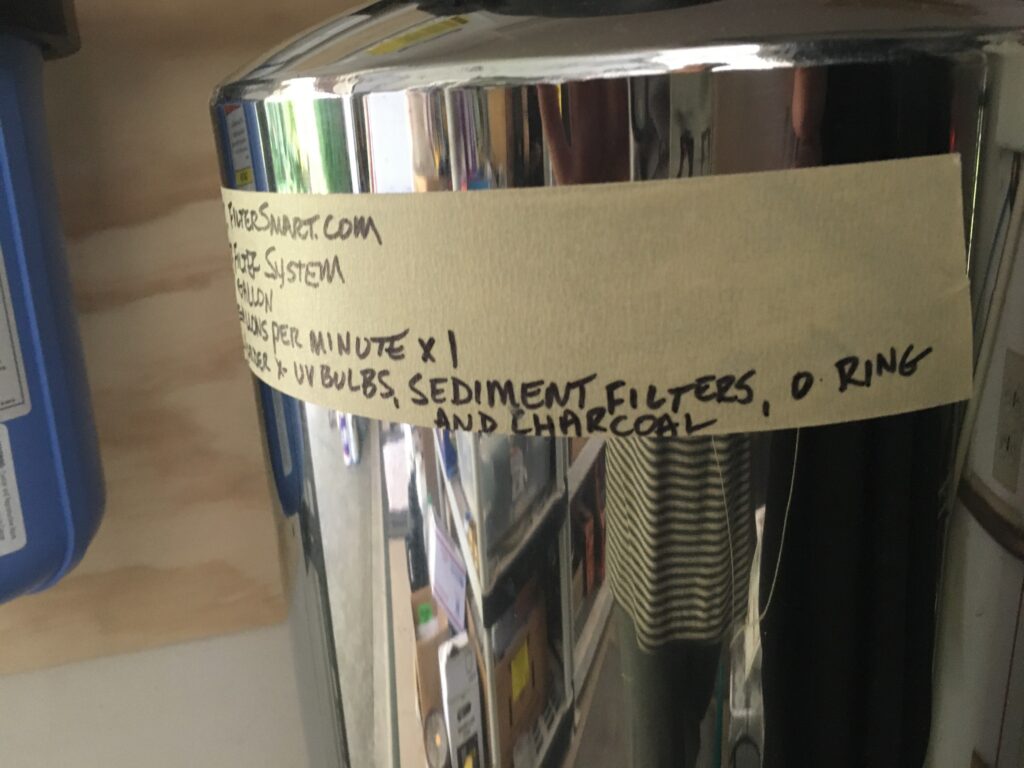https://myemail.constantcontact.com/EMERGENCY-TRANSMISSION-From-Deborah-Tavares.html?soid=1111839869613&aid=iygIk05kgq0
CLICK ABOVE LINK TO KEEP FORMATTING
Sunday, July 18, 2021
THIS IS A DEBORAH TAVARES RETRANSMISSION
Some topics below:
Orbital mirrors, Google and
Amazon are Competing with
Our Rothschild Utilities to Create
Deadly Wireless
SMART HOMES – of DEATH,
Wireless household silent weapons,
Urban Heat Islands, Solaren Corp,
Worst cities ranked for urban heat,
Recent research has shown
Black and brown neighborhoods
disproportionately suffer from the
effects of urban heat compared to
their White counterparts.
EMERGENCY TRANSMISSION
From Deborah Tavares
StopTheCrime.net
San Francisco WILL Be Cooked
This IS a Worldwide Agenda
Is YOUR City NEXT?
LIST of Communities in USA, Inc.
to be SCORCHED and COOKED by Heat Targeting
DIRECTED ENERGY WEAPONS IS “LEGAL” a SILENT WEAPONS SYSTEM
Heat waves: Cities with the worst urban heat, where temperatures can spike 15-20 degrees in a matter of blocks – CNN: Hiding the Directed Energy Weapons
Weather Weapons From Space Making Heat Waves
PATENTS
Chemtrails and Atmospheric Electromagnification
Wireless Frequencies
Targeting Individuals with Weapons Causing Increased Body Heat
Our Overlords are using deadly technologies to create the climate crisis and make record-breaking heat waves more frequent.
Science is for sale – and paid and controlled researchers rely on CONsenus which is NOT science to adopt deadly policies. These sell outs receive benefits to deceive and KILL – and say cities should do more to combat the impact of urban heat islands.
DO NOT LET THEM GET AWAY WITH THESE – LIES . . .
DO NOT LET THEM create a new battle language – “Urban Heat Islands”
We must start controlling the
language and say it like it is –
Cities are Human Microwave Cooking Zones
We are being murdered by these scientists, researchers and overlords.
A Partial LIST of Communities to be SCORCHED and COOKED by Heat Targeting
is below – is your city on this list?
Phoenix, Las Vegas, Reno not on the list
Because those cities have more experience with heat and are using lighter materials to pave roads, for example, instead of black asphalt
Maybe, those cities that are not on the “scorch and cook list” have become globalists controlled “out posts”
used to hide those that will invade nearby communities and neighborhoods with other weapons.
Think about it – in regions where densified heat is targeting communities who would go to a known desert community?
Why would folks go to escape the heat to an area that is usually HOT?
WHY? – Likely, SAFE HAVENS for those Hiding from extreme heat?
For those in the know – they could escape a number of planned health impacts intended to damage, injure or kill.
Hyperthermia, occurs when the body can’t cool itself efficiently, and can affect “anyone” who is exposed to extreme heat for too long.
Air pollution tends to be amplified on hot days, which is intended
to irritate the lungs.
People with cardiovascular disease are particularly vulnerable in hot weather, which makes the risk of a heart attacks higher by design.
ESCAPEES will become REFUGEES and targeted by MANY other weapons as they are forced out of fear to relocate.
MORE Infrastructure failures will result from the increased pulsed frequencies – think about the several recent building collapses.
Google and Amazon are Competing with Our Rothschild Utilities to Create Deadly Wireless SMART HOMES – of DEATH
BEWARE OF SMART THERMOSTATS
We are finding our Rothschild controlled utility companies are suggesting we deploy interior smart thermostats IN our homes. We are told during heat events, and to keep the power grid from going down, that your “remotely controllable” wireless thermostat can and WILL be adjusted REMOTELY to a Hotter Setting.
Think about how these will be remotely hacked while you’re sleeping and you may be unable to STOP or adjust the setting.
Of course, no mention of the invisible amped up frequencies of death.
We will discuss what you CAN DO to be less easy to be killed.
ELIMINATE ALL WIRELESS DEVISES
YOU CAN HARD WIRE YOUR PHONES and COMPUTERS
DID YOU KNOW
The smart home market is booming, reaching 40 percent of all U.S. households. By 2025, that number is expected to grow to nearly 60 percent. For energy utilities, this sought-after technology is an opportunity to reach customers in new ways, increase engagement and improve J.D. Power scores.
Energy utilities are competing directly with Amazon and Google in the smart home market.
Beyond selling smart home devices, tech companies are using home energy automation as an opportunity to collect customer data, which they are using to build digital profiles. In fact, many utility customers are receiving energy-related emails directly from these tech giants.
Google sends out a monthly email newsletter to Nest customers featuring colorful reports on each customer’s energy usage and local energy trends. The eNewsletter includes infographics and videos that provide energy efficiency advice and other engaging content.
The deadly smart home market is projected to reach $29 billion in sales in 2021 and nearly $47 billion by 2025. With financial gain at stake, death tech companies have a strong incentive to continue building relationships, WHILE COLLECTING DATA from customers around energy efficiency.
WOW – disclosing how they will trick you.
According to a recent survey, 80 percent of energy utility executives agreed that utilities fail to match the level of personalization and convenience that customers receive from Amazon and Google. That’s why it behooves your energy utility to take control of the smart home conversation and reestablish its role as an energy expert.
We are being set-up to be cooked with frequencies and frequency pulses that create ‘mini earthquake like conditions” that are creating structural failures worldwide in buildings, bridges, dams, levees, and more.
Pulsed frequencies cause worldwide structural failures.
They tell us – A smart home strategy might include a personalized eNewsletter targeted to customers who have shown interest in this technology or purchased a product through the energy marketplace. Energy utilities should also promote the energy efficiency benefits of smart home technology in their education and outreach efforts.
A new survey by Deloitte found that the average American household contains a minimum of 25 different wireless devices.
Here is a partial list of wireless household silent weapons – all of which will be hacked –
while your bodies are being hacked to advance convenience.
Smart meters, smart wireless water meters, smart phones, Micro-wave ovens, iPads, Kindles, wifi modems and routers, range extenders, wireless computers, wireless printers, wireless keyboards, wireless mice, wireless speakers, wireless headphones and earpieces, wireless garage door openers, wireless door locks, wireless doorbells, wireless baby monitors, wireless surveillance cameras, wifi video cameras, wifi digital photo frames, smart thermometers, smart thermostats, smart yoga mats, smart indoor lighting, smart security systems, voice controllers, gesture controllers, smart buttons, smart alarm clocks, smart air quality monitors, smart smoke and carbon monoxide detectors, smart navigation systems, connected exercise machines, fitness trackers, sleep trackers, location trackers, blood pressure monitors, heart rate monitors, smart appliances, controllers of smart appliances, ibeacons for home automation, smart ovens, smart irrigation systems, wireless garden sensors, Click and Grow Herb Gardens, smart grill thermometers, smart sprinkler controllers, smart air conditioners, smart TVs, video streaming devices for TVs, wireless gaming consoles, wireless leak detectors, smart watches, smart bracelets, smart air purifiers, smart home vent systems, remote pet feeders, smart light bulbs, bluetooth-connected espresso machines, and bluetooth-connected cookers – and more.
Every one of these devices emits radiation. Every one of these devices, if you have it on your person or in your home, irradiates you and your family, your pets and your neighbors, and ALL that is ALIVE . . .
Urban Heat Islands – Dense Human Settlement Zones called KILL Cities
Mass Densification of Wireless Devises and Equipment – KILL
Deadly technologies are attacking Communities of Color and Neighborhoods with little tree cover, few grassy areas and a lot of concrete will be at least 15 to 20 degrees hotter than the surrounding areas of greenery. This is a cover story for the directed and deadly heat tech.
Lack of Trees and Landscaping Increase Heat – just look around and NOTCE neighborhoods void of landscaping as they WILL become Targeted Heat Zones with the excuse of lacking vegetation.
The Heat is Invisible – Frequencies are Invisible
WE ARE BEING COOKED – ALIVE
In-fact, we did a video we named the “Cooking of Humanity”
which was an interview with Barry Trower –
a noted World expert on microwave warfare!
If you have not heard or seen this interview with Deborah Tavares we highly recommend watching the “Cooking of Humanity”.
BEWARE OF “FALSE” COVER STORIES
Aka – Climate Crisis is increasing severe weather events and heating us up – and we are told it’s OUR Fault!
We are Running Out of Water and Communities are Restricted and NOT allowed to use water for outdoor landscaping . . .
LOOK OUT – CREATING MORE
URBAN HEAT ISLANDS.
LEARN MORE ABOUT WATER
Water is a RENEWABLE –
and WE Are NOT Running Out of Water
Go To
PrimaryWater.org
Asphalt, Roadways and Freeways Create more Heat and MELT in Heat WAVES . . .
More People WILL Give Up Their Cars, Willingly, to Reduce the Intolerable Heat
and Unaffordable costs of Cooling
Weather Weapons, Pollution, Frequencies CREATE MicroClimates
We will soon become climate refugees and forced to abandon areas that are to hot to continue to live in.
We are told to expect more record breaking heat events under the guise of Climate Change –
We ALL are being attacked intentionally with Technologies of Death
Overheating areas in North West, USA, Inc. with orbital mirrors
From Satellites in Space
(Patented)
https://youtu.be/1bqgAMDVusA
HEAT DOME SPACE MIRRORS VANISHING LAKE
NASA Launched a Giant Magnifying Glass Into Space to Collect Solar Energy
And
Being Used to Scorch Large Regions as we have witnessed in the Western Hemisphere.
Solar Powered Space Weapons
PG&E produced a space weapon through a company called SOLAREN CORP which beams and targets microwave energy directly down to a land based target from space
On StopTheCrime.net we have many videos posted
about the SOLANEN CORP – posted several years ago
BEWARE – a NEW Sales Trick is Emerging
Selling Cities is NOW called Municipal Marketing
to Convince enough people to move to a particular city,
and that city suddenly has a new worker ecosystem
that can grow organically without having to dole out multimillion-dollar
tax breaks to lure corporations.
NOW – After Reading About KILL Cities “DO NOT” be Tricked or Lured by Municipal Marketing to relocate into Human Settlements and Cities of Death.
https://www.cnn.com/2021/07/14/weather/worst-urban-heat-island-cities/index.html?utm_source=Sailthru&utm_medium=email&utm_campaign=Issue:%202021-07-15%20Smart%20Cities%20Dive%20Newsletter%20%5Bissue:35484%5D&utm_term=Smart%20Cities%20Dive
These cities have the worst urban heat, where temperatures can spike 15-20 degrees in a matter of blocks
The Bywater neighborhood of New Orleans. As the climate crisis makes record-breaking heat waves more frequent, researchers say cities should do more to combat the impact of urban heat islands.
(CNN) — There are places within cities where summertime heat can soar, and giant swings in temperature are observed over a matter of blocks. Neighborhoods with little tree cover, few grassy areas and a lot of concrete can be as much as 15 to 20 degrees hotter than the surrounding areas.
During heat waves, these so-called urban heat islands are deadly. Extreme heat is an invisible yet dangerous consequence of human-caused climate change, killing more people each year on average than any other weather-related event, according to the National Weather Service.
The urban heat island effect amplifies a heat wave’s already-oppressive temperatures: areas with a lot of asphalt, buildings and freeways tend to absorb the sun’s energy then radiate heat. Areas with green space — parks, rivers, tree-lined streets — absorb less.
And some cities have it worse than others. Researchers at Climate Central, an organization that focuses on the impacts of the climate crisis, analyzed urban heat island factors in 158 cities in the United States and ranked the top 20 for worst urban heat:
New Orleans
Newark
New York City
Houston
San Francisco
Boston
Chicago
Miami
Baltimore
Providence
Sacramento
Salinas, California
Burlington, Vermont
Bend, Oregon
Cleveland
Detroit
Erie, Pennsylvania
Fresno, California
Lafayette, Louisiana
McAllen, Texas
Andrew Pershing, the director of climate science at Climate Central, said the results were somewhat unexpected.
“Anything with ‘urban’ in its name you’re going to be surprised if New York City and Chicago and places like that don’t rate pretty highly,” Pershing said. “But I was certainly surprised NOT to see places like Phoenix, Las Vegas, Reno on the list.”
But, he said, those cities have more experience with heat and are using lighter materials to pave roads, for example, instead of black asphalt, which can literally melt in high temperatures.
Extreme heat has several health impacts. Hyperthermia, which occurs when the body can’t cool itself efficiently, can affect anyone who is exposed to extreme heat for too long. Air pollution tends to be amplified on hot days, which can irritate the lungs. People with cardiovascular disease are particularly vulnerable in hot weather, which makes the risk of a heart attack higher.
Recent research has shown Black and brown neighborhoods disproportionately suffer from the effects of urban heat compared to their White counterparts.
Low-income residents and communities of color tend to be in areas that lack tree cover, green spaces and access to cooling centers, Vivek Shandas, a professor of climate adaptation and urban policy at Portland State University, previously told CNN.
Many in these communities work outdoor jobs where they are exposed to heat for long hours, to pay rent for apartments that don’t have proper cooling systems, Shandas said.
Officials announced last week the Pacific Northwest heat wave in late June was a mass casualty event in which hundreds of people in Oregon, Washington and British Columbia likely died in unprecedented temperatures.
Officials in Oregon say at least 83 people died from heat-related illness in the state, 54 of whom were in the Portland area. Many of the victims there were older, living alone, and without functioning air conditioning, according to a preliminary report on excessive heat deaths released by the county Tuesday.
In Washington, at least 78 people died, and across the border in British Columbia, officials estimate tallied 500 more deaths than normal for that time period, which they believe are heat-related.
Addressing the public-health crisis requires mitigation during heat waves and thoughtful planning in future development.
Pershing said the color of surfaces is critical to consider when planning new buildings or roads — white is coolest, black is hottest — but another interesting factor is population. In densely populated neighborhoods, he said, “they’re going to be running machinery and running air conditioners” that adds to heat.
“I like to think of it as the human-induced microclimate,” Pershing said.
As the climate crisis makes record-breaking heat waves more frequent, researchers say cities should do more to combat the impact of urban heat islands by thinking about heat impacts before choosing materials, planting trees and planning new green spaces.
“It’s been a real issue in the development of US cities over time — that green spaces tend to be built in the suburbs, or in the places where the rich people live,” Pershing said. “I think it’s really important that those be available to everyone.”
CNN’s Rachel Ramirez and Chris Boyette contributed to this report.
Final Energy Thoughts and Concerns that Utility Companies Currently Have.
Energy utilities are competing directly with Amazon and Google in the smart home market. Here’s how utilities can take back control of the energy efficiency conversation. See the Solution
To start the smart home conversation, energy utilities need to take advantage of content marketingto educate and engage customers. Research finds that 70 percent of internet users want to learn about products through content versus traditional advertisements. Content marketing builds long-term engagement and fosters a digital relationship that brings value to customers.
With the right content, energy utilities can educate customers, help them make decisions and show them how this technology is an essential part of a smart energy lifestyle.
A smart home strategy might include a personalized eNewsletter targeted to customers who have shown interest in this technology or purchased a product through the energy marketplace. Energy utilities should also promote the energy efficiency benefits of smart home technology in their education and outreach efforts.
It’s also essential to create a cohesive, companywide message to ensure all customers receive a similar experience, whether they receive a promotion about purchasing a smart thermostat or contact your call center to inquire about smart home resources.
As more energy utilities roll out time-of-use rate options and demand response programs, it will be “critical” to encourage adoption of smart energy technologies to both residential and business audiences.
The cost of doing nothing if the utilities do not stop the tech giants from taking over . . .
The risk of forfeiting customer relationships to the tech giants could lead to lower program participation, higher operational costs and reduced revenue from lost marketplace sales. Another potential threat is big tech selling electricity in the future.
According to a Wall Street Journal article, “In 10 or 20 years, the dominant retail electric provider in the United States is going to be Amazon or Google.” Currently, tech companies are teaming up with energy industry partners – a market that could grow as much as 500 percent in the next few years.
For example, Amazon Web Services has an oil and gas division with BP and Shell as clients, while Microsoft currently has a partnership with ExxonMobil and Chevron. Google has a partnership with Schlumberger for its oil and gas petrotechnical software.
According to UCRC’s State of the Customer report, approximately 25 percent of consumers would choose a different energy provider if given the option, and another 50 percent did not have a strong feeling either way.
That’s why it’s critical to build strong customer relationships around smart home technology before tech companies make further inroads.
A competitive advantage
While it’s no easy task to compete with these tech giants, energy utilities have one major competitive advantage: Customers trust their energy utility.
According to research from the Smart Energy Consumer Collaborative (SECC), 42 percent of consumers said the involvement or endorsement of their utility would influence their adoption of smart home technology.
In contrast, customers have concerns about big tech and data privacy, as cybersecurity breaches continue to make headlines.
The bottom line is customers are looking for smart home advice from a reliable source like their energy utility. They need advice and information – and that’s the perfect opportunity for energy utilities to take control of the conversation.
Final comment:
Search “SmartFlex Platform” to learn HOW international corporations who advocate for climate change will track, and monitor every customer interaction.
Frequencies amped up to destroy Life –
ALL Life.
This is the New World Order
as told us in the
United Nations agendas. .
Depopulation
LEARN THE TRUTH GO TO:
StopTheCrime.Net










